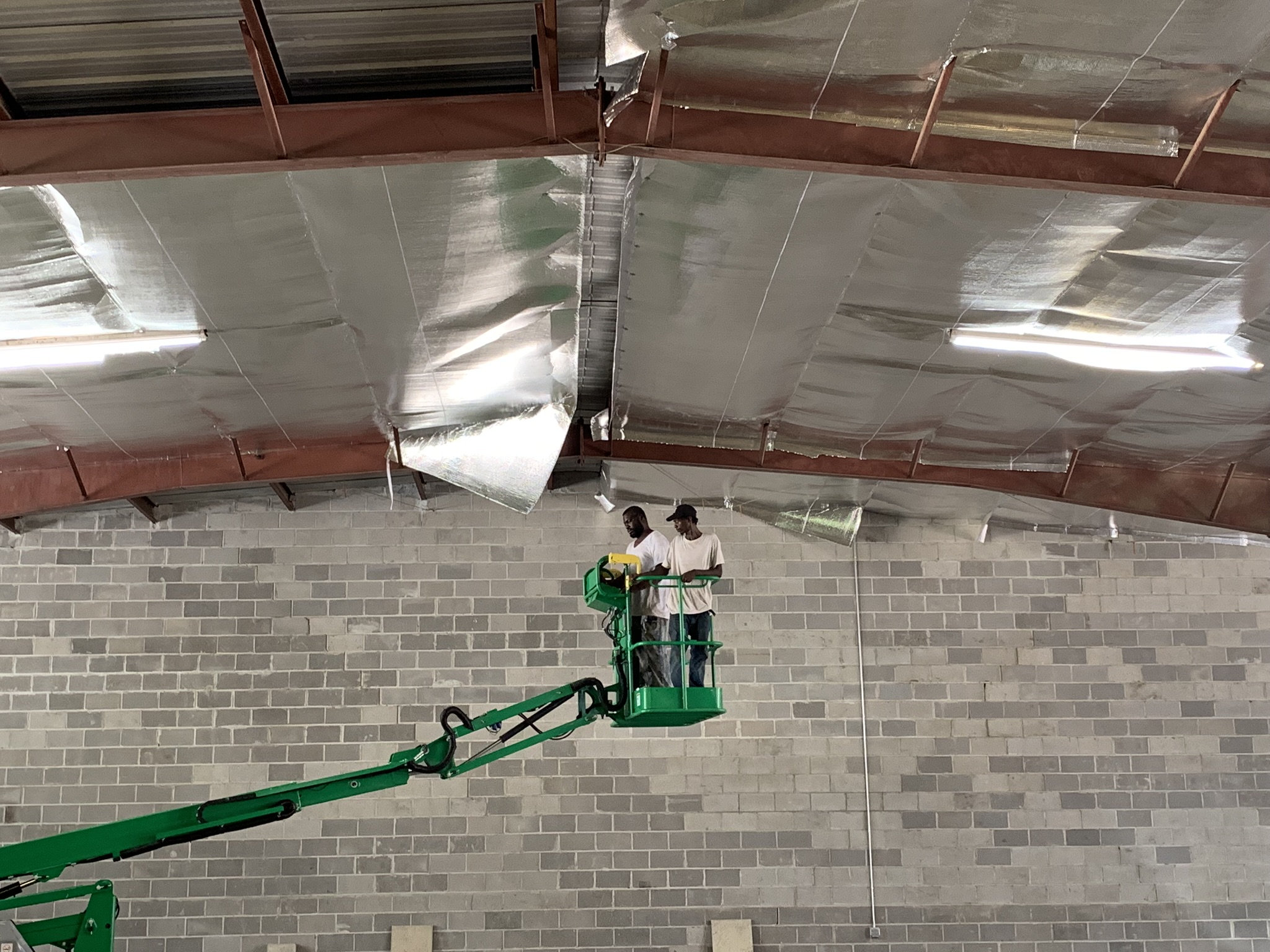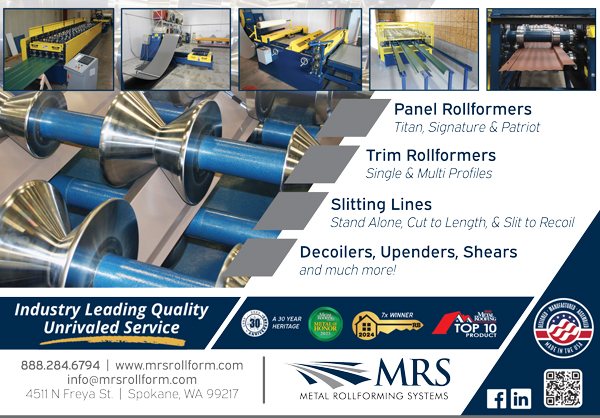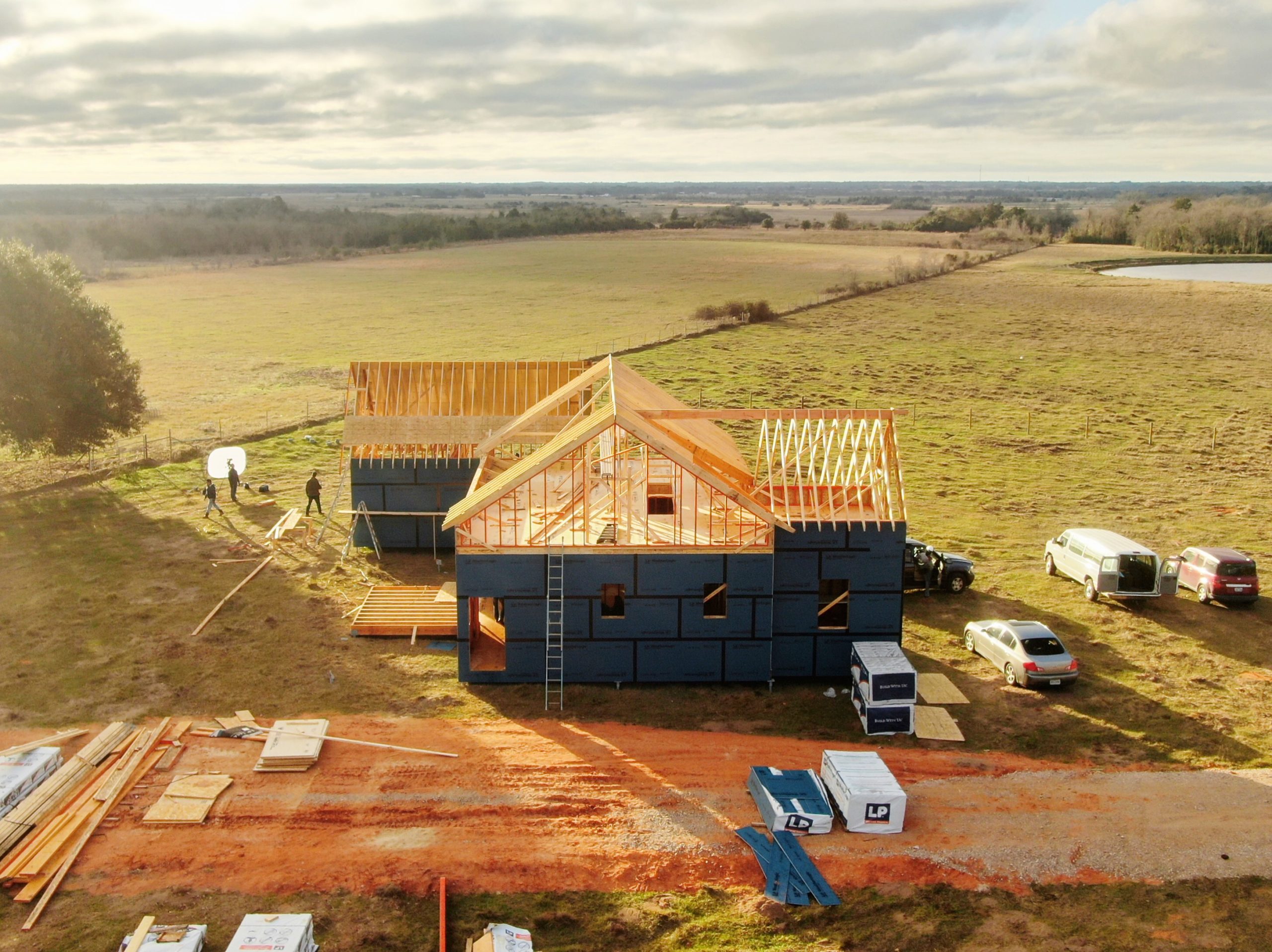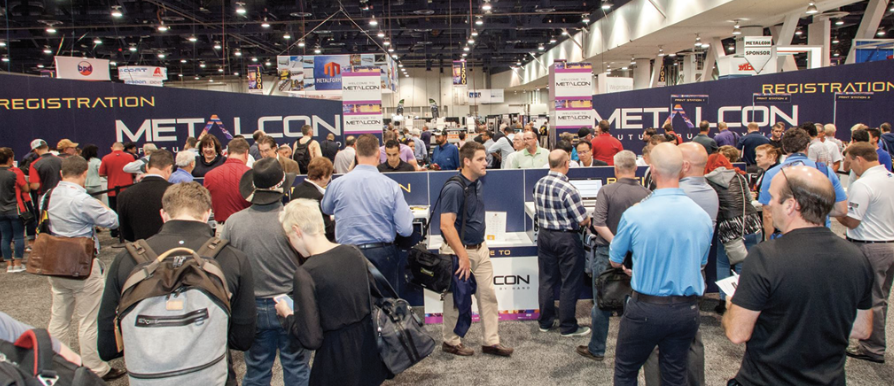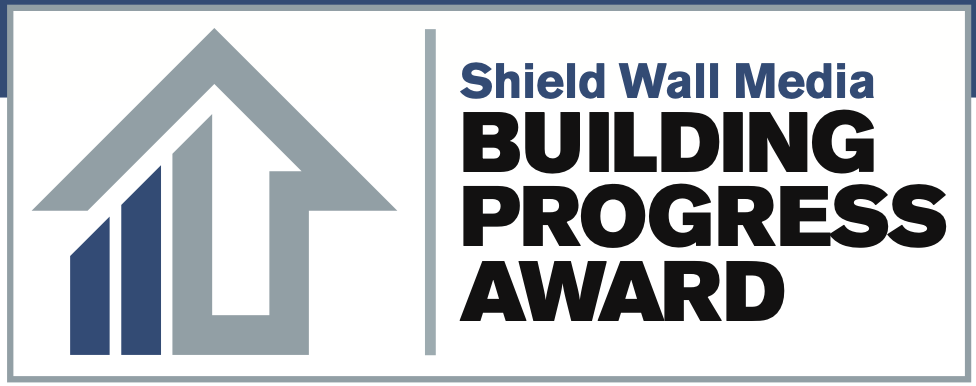Insulating a structure reduces heat transfer. It prevents a building from acting like an oven when it’s hot outside, and it reduces the energy needed to heat the building when it’s cold outside. No matter how airtight the building envelope, heat will still transfer through the building materials. Insulation keeps heat where it’s wanted. This article will focus on two types of insulation that builders are most likely to install: fiberglass and reflective foil.
Heat Gain/Loss
There are three modes of heat transfer: conduction, convection, and radiation. Conduction is direct heat flow through matter. It results from actual physical contact of one part of the same body with another part, or of one body with another. For example, aluminum is a strong, light, and stable material (i.e. it doesn’t warp) that is easy to work with. All these characteristics make it a great choice as a window-framing material. However, aluminum transfers heat very well. This means, without a thermal break, an aluminum-framed window would do an excellent job conducting the heat from the inside to the outside of a heated building. The thermal break separates the inside aluminum from the exterior aluminum so the heat isn’t conducted through the frame.
Convection is the transfer of heat within a gas or liquid, caused by the actual flow of material. In building spaces, natural convection heat flow is mostly upward and somewhat sideways. For example, a floor warmed with an in-floor radiant heating system loses heat by convection to the cooler air in contact with it. The sideways motion comes from heavier air rushing in from the side (and perhaps below, depending on the structure) to replace it.
Radiation is the transmission of infrared rays through space. Every material for which the temperature is above absolute zero emits infrared radiation. All objects radiate infrared rays from their surfaces in a straight line in all directions until they are reflected or absorbed by another object. Even though the air is cool on a cool day, sunlight still feels warm because of the infrared radiation.
R-Value
R-value is a number rating that indicates resistance to heat flow. The higher the R-value, the greater the insulating value. To achieve an R-value certification, manufacturers subject their insulation products to the NAIMA (North American Insulation Manufacturers Association) R-Value Certification Program. It certifies to builders, insulation contractors and do-it-yourselfers that the product does what it says.
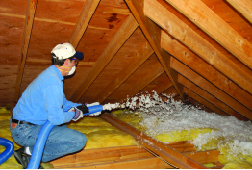
Controlling Heat Transfer With Fiberglass
The first commercial mineral wool insulation was invented by Welshman Edward Perry in 1840. It was used to insulate pipes and machines to reduce their heat loss and reduce the risk of accidents. It proved harmful to workers, so the process was abandoned. Although it can be seen as a false start, it was an early step in addressing the need for commercial insulation.
Materials and manufacturing processes have come a long way. Focusing on fiberglass insulation and reflective insulation, let’s look at a few manufacturers who, today, are supplying builders with the materials they need to stop heat (energy) losses.
Owens Corning
Fiberglass insulation is the most common type of insulation found in residences today. It’s been available commercially for more than 80 years and is very energy efficient. Owens Corning introduced the first fiberglass insulation to the market in 1938. Today, the company’s fiberglass insulation is made with 100% renewable energy; the sand is melted and formed into glass fibers using only wind energy. “After just one year of service, fiberglass insulation saves the equivalent of 12 times the amount of energy it took to make it,” said Owens Corning Marketing Leader Trey McNamee.
He said the company is always pushing for innovations and products that make home a better place to be and the preferred product for installers. That innovation is evidenced in the launch of Owens Corning’s expanded portfolio of Pure Safety® fiberglass insulation products. “Our Pure Safety products have undergone extensive testing by third-party labs and are certified as asthma and allergy-friendly,” McNamee said. “We now have a full offering of R-values for all applications.”
The product literature states: “Approved by the asthma & allergy friendly™ Certification Program, Pure Safety® insulation is the first building insulation of its kind to be scientifically tested and identified as a consumer product that is more suitable for people with asthma and allergies”. The certification comes from the Asthma and Allergy Foundation of America.
CertainTeed
Another major name in the fiberglass insulation market is CertainTeed. According to Andrew Goldberg, CertainTeed’s Vice President of Marketing and Technical Insulation, the company “has helped shape the building products industry for more than 110 years, developing products that are both innovative and sustainable.”
“Fiberglass insulation in and of itself is one of the most sustainable products in the world, conserving energy, reducing greenhouse gas emissions, and paying back its original investment over and over again during the life of the building,” he said. CertainTeed’s insulation products “are made of high recycled and renewable content with no added formaldehyde, acrylics, dyes or unnecessary fire retardant chemicals,” he continued.
“CertainTeed recently partnered with GreenCircle Certified [www.greencirclecertified.com] to provide third-party verified HPDs for all CertainTeed insulation and gypsum products. By applying GreenCircle’s rigorous, independent HPD [Health Product Declaration] evaluation process on top of CertainTeed’s existing product health assessments, CertainTeed will be able to offer its customers an even greater level of confidence and transparency.”
Goldberg shared details about the company’s new blowing machine, which will be of interest to insulation contractors. “CertainTeed Machine Works just introduced the new BOLT™ 3 Insulation Blowing Machine, a convenient, high-capacity, portable electric insulation blower capable of quickly tackling a wide range of fiberglass and cellulose applications, allowing contractors to get the job done faster,” he said. “Heavy-duty rotating wheels, lockable casters, 36-inch doorway clearance, and a variety of built-in safety features make the BOLT 3 easy to transport between jobsites, simplifying work for the contractor.”
Foiling Heat Loss With Reflection
Reducing heat transfer makes conditioned and un-conditioned spaces more comfortable. Reflective insulation products such as Covertech Flexible Packaging’s rFoil® and MWI’s new Infinity Shield™ drastically reduce that heat gain because most aluminum insulations reflect 95% of all radiant energy that strike its air-bounded surfaces. The bubble core and metalized film provide an excellent combination of heat reflection and thickness to stop both radiation and convection heat loss/gain. As an added bonus: Aluminum foil is one of the few insulating materials that is not affected by moisture, so its insulating value remains constant regardless of humidity.
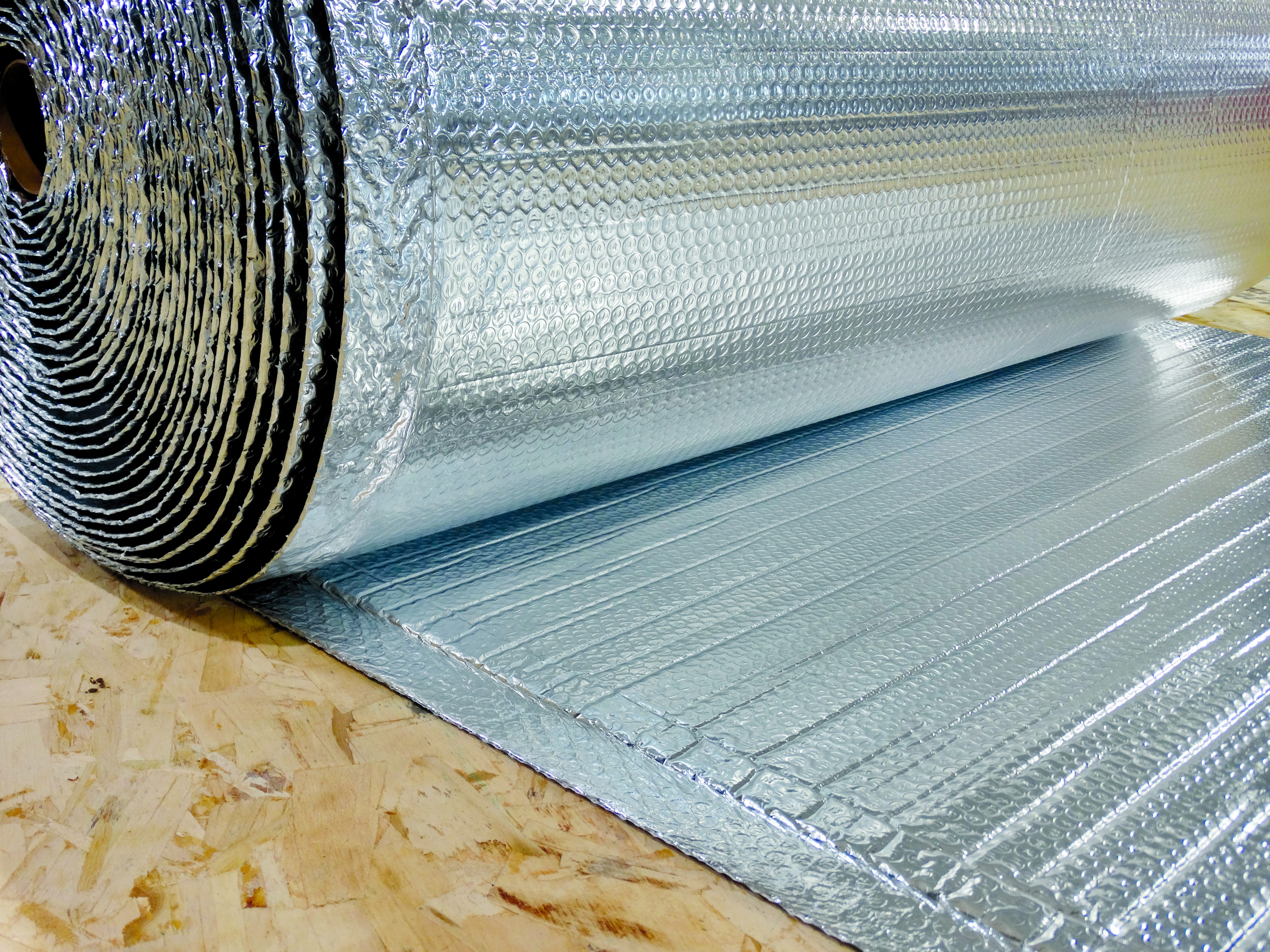
MWI Components
For years, MWI Components has been a supplier of reflective foil insulation; however, the company just launched its own reflective foil insulation. Ben Nystrom, CEO – Sales and Marketing at MWI Components, explained, “We developed Infinity Shield™ to provide foil insulation users a product tailored to improve and speed up installation. The 2-year project has allowed us to build a state-of-the-art facility with the most modern and up-to-date equipment.”
“Shortest industry lead times and enhanced product features were the driving forces behind developing and taking on this great company expansion,” Nystrom continued. “Foil insulation still remains one of the best vapor barrier products for post frame and residential metal roofing.”
Heat loss will occur at the seams if they aren’t sealed properly. “We stock an additional reflective tape solution to join the rolls (sold separately),” Nystrom said, “but most contractors choose to just overlap the product. In the event of overlapping, our crushed tab feature is extremely beneficial. This crushed tab — provided exclusively at no upcharge — allows for easier installation, and the 2” tab eliminates measurement guessing when overlapping.”
Covertech Flexible Packaging (rFoil)
Reflective insulation is often installed during initial construction, but just last year Covertech introduced its patented Retrofit MBI System, which has proven itself to be a game-changer for moderating temperatures in metal and other buildings. “Installers and property owners recognize the benefits of the system,” said Starr.
Retrofits offer a huge opportunity for companies that may be looking for another way to make money. The unique attachment system allows quick installation with minimal interruption and no need to tear anything apart. The Retrofit MBI System is a simple installation: The clips are installed to the bottom of the exposed roof purlins and inside the wall girts; the reflective insulation is positioned reflective side facing up, a pin pierces the insulation, and it’s held in place by the end locking cap.
Covertech’s rFoil 2500 Series and 2600 Series of metal and post-frame building insulation consist of a layer of polyethylene bubble bonded to and sandwiched between a radiant barrier metalized foil and a white polyethylene sheet with washable UV-resistant facing. The 2200 Series is a layer of polyethylene bubbles bonded to and sandwiched between two radiant barrier metalized foil sheets. John Starr, Vice President/Partner at the Toronto-based company said rFoil is a “pretty simple product that solves a major problem. It provides a cost-effective, energy-efficient way to insulate a building, controlling heat gain and loss and condensation.”
“rFoil is pretty easy to work with,” Starr continued. “It’s not thick, it’s lightweight and easy to install. If it tears, it’s easy to repair.” The most common question he answers is “Which side goes up?” He said: The foil facing side always goes towards the metal.
Whatever type of insulation your project calls for, be certain to follow the manufacturer’s instructions to ensure maximum energy savings — and satisfaction — for your customer. RB

